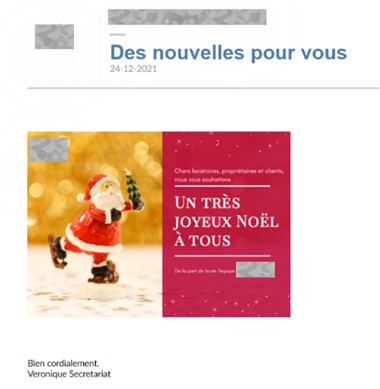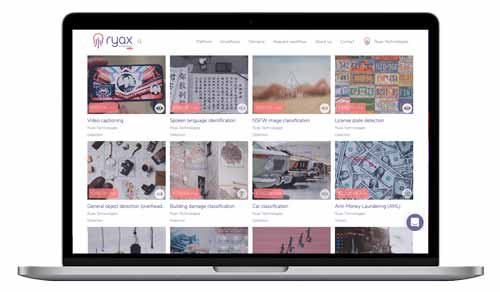I. What is clienteling and why should I care about it?
There’s no doubt you’ve been hearing this term once in your business life. Clienteling has always been linked to specific industries related to Luxury : jewelry, fashion, automotive…
Clienteling is indeed a customer acquisition and retention technique used by sales associates to establish long-term relationships with identified key customers. This technique involves customer care, extreme personalization (product recommendation), and precise communication processes.
Clienteling can be performed all along the customer journey :
- First visit: welcoming, suggesting products
- After the first visit: thank you notes, suggesting products, inviting to events, offers
- Regular customer: inviting to special events, recommending limited edition products
- Customer care following incident resolution: cross-sell recommendations, events suggestions
This is applicable for both online or in-store businesses – as long as the customer agrees to receive communications from your company, clienteling actions can be taken to address those needs.
“Right, but I’m selling construction and gardening stuff, there’s nothing to do with clienteling. Clients come and go and that’s it”. And you’re wrong.
Today’s economy is globalized. Digitalized. And you’re not alone in this town. Competition is everywhere. Prices tend to decrease overtime as much as competition pressure intensifies. In our open world, that’s easy for any consumer to check who’s the most price-effective. What’s your value then?
Customers crave for advice and genuine recommendations – that gentleman needs a wheelbarrow for his newly acquired mansion. What if he needed something different? Like one with two wheels instead? (Aligning with customer expectations) What’s his gardening level/technique? May he be interested in a shovel as well? (cross-selling and suggesting).
And that’s the thing. You don’t know what you don’t know. Explore the client’s possibilities by knowing preferences and habits. Don’t oversell. Just sell what people might be interested in and satisfy their needs to increase retention. That’s the motto you need to remember.
For both in-store and on-line businesses, clienteling actions are multi-faceted – written notes, gifting, appointment set-up, phone calls, texting, event organization etc. All of these to remind your customers you didn’t forget about them.
To do so, clienteling combines marketing and communication techniques along with and extensive usage of consumer data to offer personalized, ultra-targeted actions.
II. Which clients should be targeted by clienteling actions?
Again, don’t ever think about using clienteling to over-communicate. We didn’t say this was a tool to communicate to ALL your customers. This technique goes beyond massive campaigns. It will give you the ability to target specific types of clients to retain them and explore further business opportunities.
Which types of clients are we talking about?
High potential ones. Those where money and time that have been invested are well-spent. They can be one-timers with higher potential to turn repeaters in the near future, regular customers, or even inactive clients !
How can we make sure targeted clients are those with the highest potential? There’s plenty of techniques to identify top clients – but there’s one of them being commonly used by marketers and CRM managers, called RFM segmentation.
RFM stands for:
- Recency, last purchase date til the observation date
- Frequency, number of purchases during the observation period
- Money, total spending during the observation period
We described in a previous article how to apply this technique in Excel through a simple step-by-step. We also mentioned automated solutions for bigger CRM volumes as this technique must be performed on a regular basis. Why don’t you give it a try?
III. Which communication funnels should I consider?
Now that you have the list of clients to be targeted, you must choose your communication funnel wisely. In the same article mentioned above, we do consider every data is important.
Know your data before exploring their potential. If you’ve been sending campaigns for a long time, you should have kept data logs and information about them such as the client IDs along with the contact type, when, which sales associate (if applicable). If not, getting this dataset is a mandatory asset for your business – and should be presented as follows:

Historical contact endpoints along with RFM segmentation will give you the ability to perform a correlation analysis in Excel between:
Total number of interactions VS RFM score
OR
A single communication type VS RFM score
OR
A single communication type VS R, F or M score only
To perform this analysis, Excel is making life easy – simply use the below formula :
=CORREL(table;table)
What does this result even mean?
The returned result is either positive and close to 1 (high correlation, positive impact), neutral around 0 (no impact) or negative and close to -1 (opposite correlation, negative impact)
In a business perspective, a positive impact between a communication mean and a consumer behavior can give you extra information to decide whether this method is useful.
IV. Why recommendation is key for a personalized touchpoint
As we said at the very beginning, clienteling uses consumer data to build the most personalized experience for your customers – and that is mainly through product recommendation.
Most companies often build recommendations based on the Merchandising Team suggestions, leading to the same offer for every customer, thus “non-personalized”.
Our Marketplace offers automated recommendation tools based on :
- Product interactions, by analyzing all past sales data from a group of customers to another
- Product attributes (color, shape, pattern, size…), to enhance cross and up-sell recommendations.
V. State of the art – examples to follow
The DO’s:
Luxury – retain a customer by suggesting new items from the new collection matching preferences and purchase history
Why it works : email has been sent by the SA to the client along with personalized recommendations. It also includes SA’s personal contact info to book an appointment anytime.
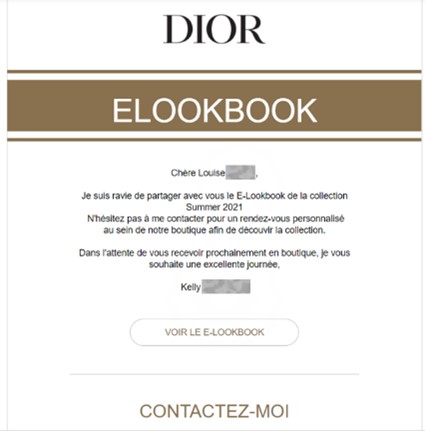
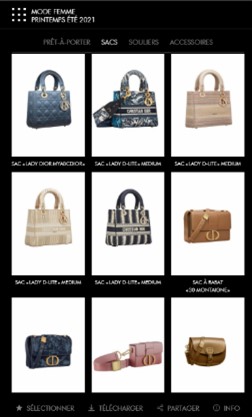
Automotive – follow-up email after 1st customer visit at the dealership
Why it works : email has been sent to a new customer by the dealer after its very first visit. Email is personalized and includes meeting related information along with elements for further discussion.
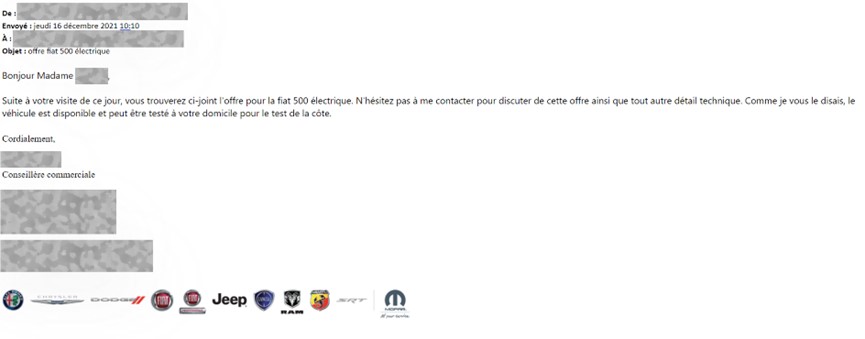
The DON’T’s:
Luxury – send a newsletter to clients for the new collection to be launched in boutiques
Why it does not work : email has been sent globally with no product recommendations
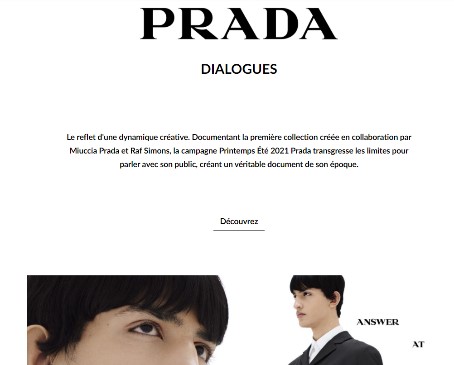
Real Estate – send wishes during the holiday season
Why it does not work : email is generic and already sent by many brands. Usually never opened (“noise” or even spammed) by recipients unless it includes useful information
